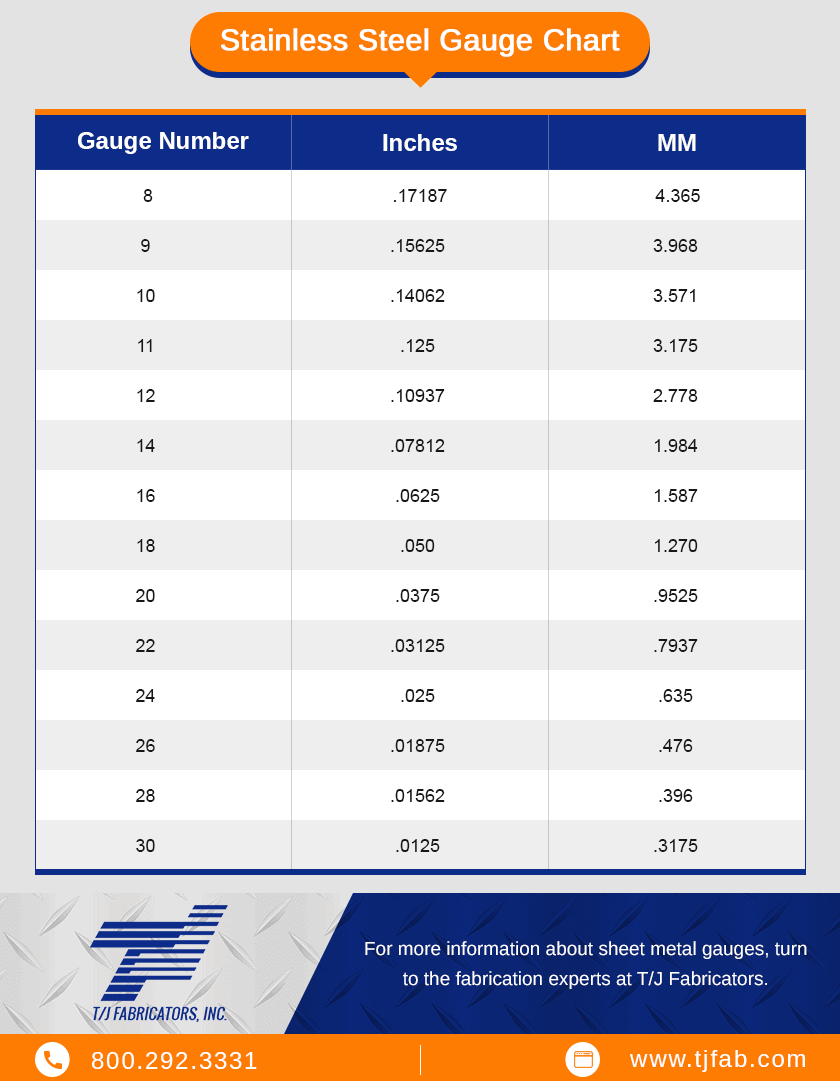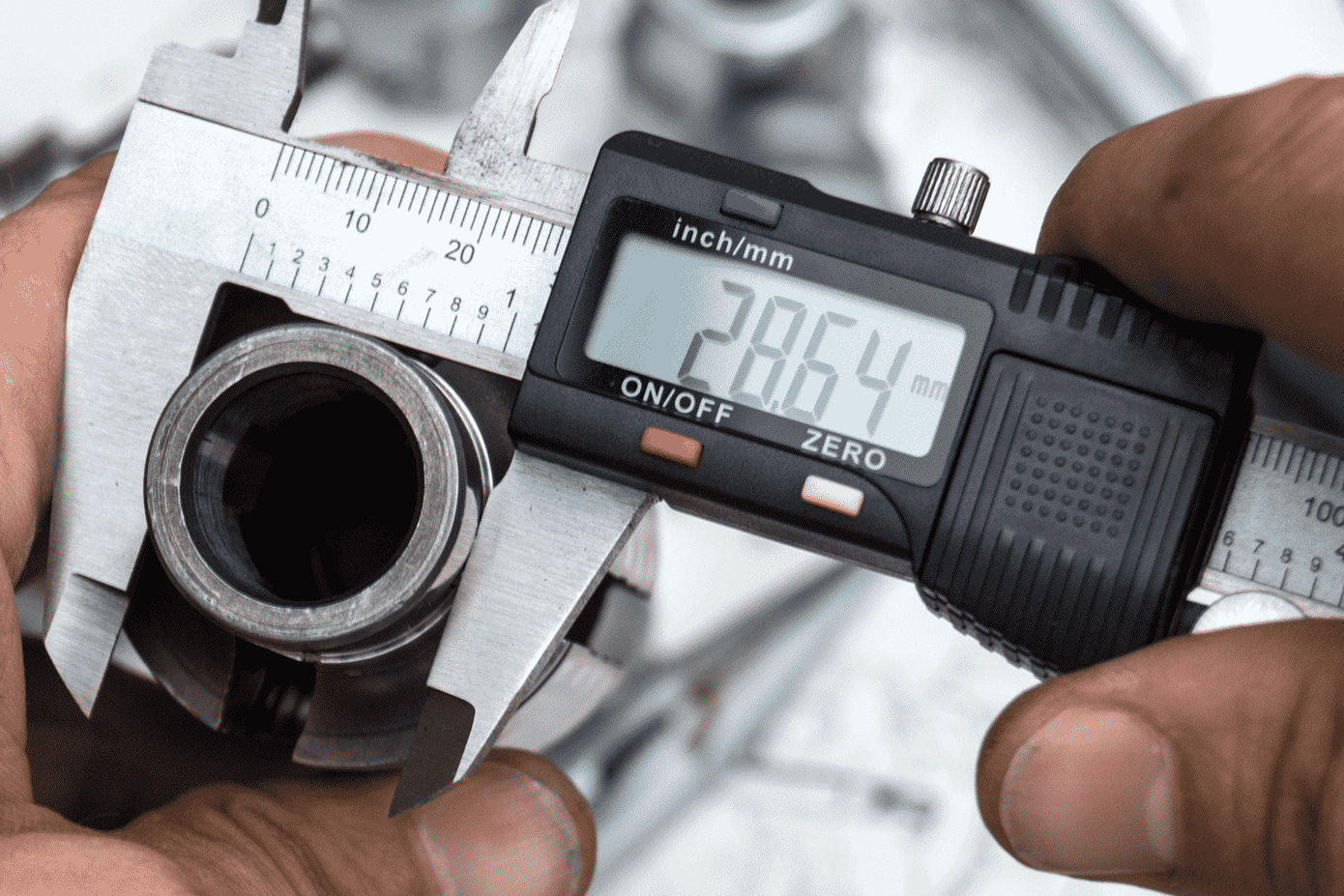
If your application requires extremely accurate information, it is always recommended that you check with an authoritative source for the specific gauge you are using. The 20 gauge steel thickness is 0.0359 and 0. Listed below are the inch thickness and mm thickness corresponding to 20 gauge. Don’t Miss: Metal Roof Vs Shingles Pros And Cons What Thickness Is 20 Gauge. Magnetic, Brinell 95, Tensile 52,000, Yield 38,000 (+/-) Ordering Note: Stock sizes may vary +/- 1/8' and Cut to Size. With a typical protection life span of 20 years, Galvanized Steel Sheets are ideal for a wide range of outdoor applications, or for decorative interior design. The weight per unit area of the sheet can also be seen in pounds per square foot and kilograms. Miscellaneous Engineering related topics like Beaufort Wind Scale, CE-marking, drawing standards and more. Galvanized Steel Sheets are easy to weld, form, and drill. Finally, the appendices cover in more detail some important topics in metrology and gauge block.
Steel gauge full#
Full discussions of the related uncertainties and corrections are included. ASTM A240 Grade 304 Sheet is austenitic stainless steel stainless sheet and comes in many sizes, thickness and finishes. Note that a standard exists for zinc in which its thickness is proportional to the size of the gauge number.

For example, sheet metal with a gauge of 8 is thicker than one with a gauge of 10. The smaller the gauge number, the thicker the sheet metal. The chart below can be used to determine the equivalent sheet thickness, in inches or millimeters, for a gauge number from the selected gauge size standard. Chapters 5 and 6 cover the details of the mechanical comparisons and interferometric techniques used for gauge block calibrations. A sheet metal gauge is a standard unit of measurement for the thickness of sheet metal. Copper thickness, for example, is measured in ounces, representing the weight of copper contained in an area of one square foot.

Gauge differs between ferrous ( iron-based) metals and nonferrous metals such as aluminum or copper. While we have made every effort to insure that the information in this table is correct, errors are always possible. Lastly, a standard exists for Zinc in which a higher gauge number indicates a thicker sheet. Commonly used steel sheet metal ranges from 30 gauge to about 7 gauge.


 0 kommentar(er)
0 kommentar(er)
